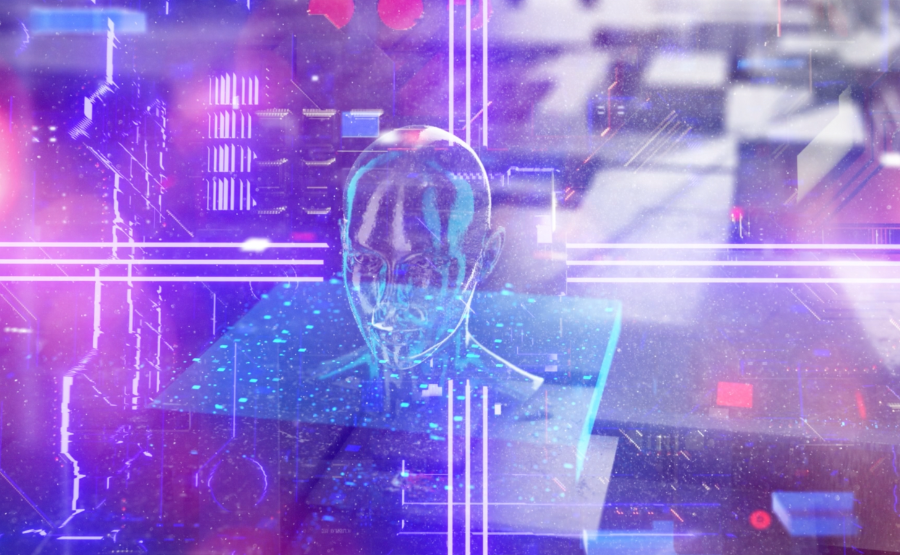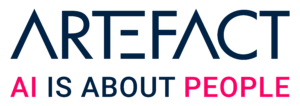The journey from simple AI assistants to powerful, cross-system agents reflects a profound shift in how businesses leverage generative AI. In 2023, the rise of embedded GenAI promised seamless integration into daily workflows, enabling users to adopt advanced capabilities without disrupting habits. Yet, high costs per user and limited customization left many questioning the value proposition of these black-box solutions.
By 2024, the narrative had shifted toward professionalization and industrialization. Tools like Microsoft Copilot and Salesforce’s Agentforce began to blur the lines between passive assistance and active execution, hinting at a future where agents could do more than just assist—they could act autonomously. However, these systems were still bound by the ecosystems in which they operated.
2025 may mark a pivotal year: the emergence of industrialized agents capable of automating processes across multiple systems. This evolution presents a critical challenge: most workflows span several platforms, and embedding agents in isolated tools inherently limits their potential. Companies face two key options. They could open their platforms to allow broader control of external tools, enabling their agents to orchestrate processes across systems. Alternatively, they might allow their agents to operate outside their own ecosystem, enabling clients to call on these agents externally—a bold shift that would require new business models but could expand the agents’ utility dramatically.
This trajectory also forces a reconsideration of SaaS business models. As automation takes center stage, interfaces lose their primacy, and the true value shifts to the intelligence and data that underpins these agents—data that ultimately belongs to the client. How SaaS platforms navigate this tension between control and openness will define the next era of innovation.
Learn more on the latest evolution of AI by subscribing to our Gen AI newsletter.

 BLOG
BLOG




